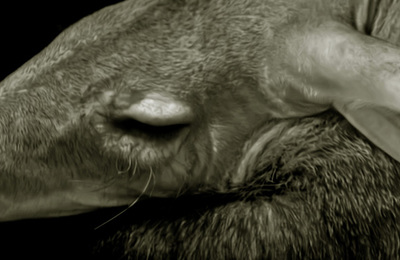
Aardvark
Aardvark means 'earth-pig' in Afrikaans. They are very secretive animals so very little is known about their way of life.
Mammals are animals. Yes but so are Insects, Reptiles, Spiders, Sponges and Slugs. We need to do better than that. Mammals have a back-bone.Yes but so do Fishes and Frogs and they are not mammals. Mammals are warm-blooded. Yes but so are birds, and birds are not mammals either. So how do we describe a mammal??
Obviously, what we need in order to define a mammal are some characters, or traits that are possessed by all mammals and are unique to mammals, i.e. they do not occur in fishes and /slugs etc.. Fortunately, scientists have already worked it all out for us.
Image by: weesam2010

Aardvark means 'earth-pig' in Afrikaans. They are very secretive animals so very little is known about their way of life.
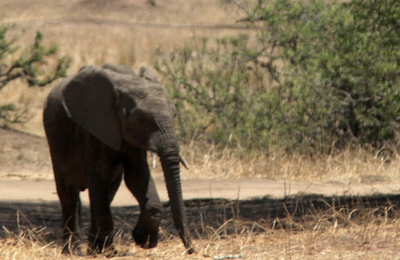
Children will enjoy learning about plants and animals in this unfamiliar habitat. As always, this lesson plan is accompanied by a Powerpoint presen...
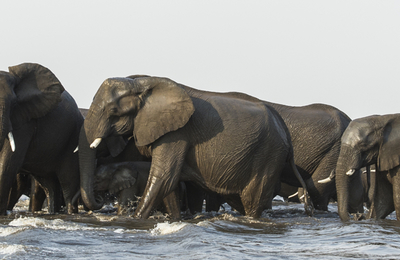
This dramatic fall has been revealed by the Great Elephant Census, which was funded by American entrepreneur and philanthropist Paul G Allen. The...
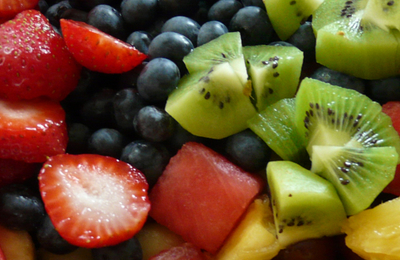
Lessons plans include resources such as an animal sorting activity and crossword. Accompanied by a PowerPoint presentation, which contains some gre...
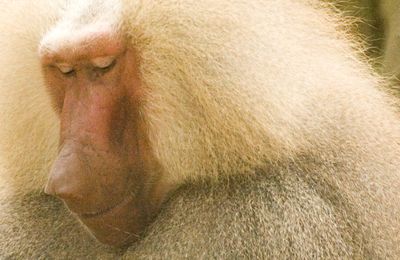
This suite of five lessons, together with an accompanying PowerPoint presentation, covers aspects of the National Curriculum at Key Stage 1, but wo...
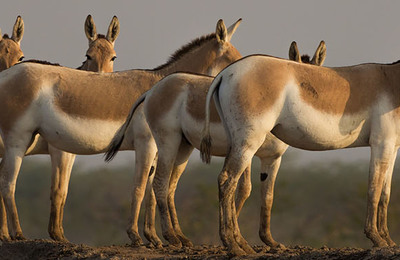
Asses live in desert or semi-desert areas, steppeland (grassy plains) and mountainous regions. They prefer hilly areas but will come down into the ...
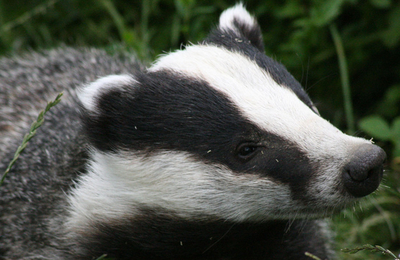
Badgers are iconic countryside mammals widespread throught UK, Ireland and parts of Europe
We discover a badger sett while on a walk in a local wood. We find out all about how and where badgers live, what they eat and why they are so dif...
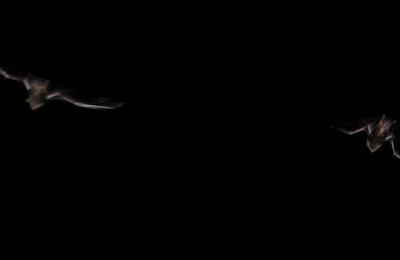
The common long-eared bat is the second most common bat in the UK and is a highly agile hunter, using its unusually large ears to listen for prey.
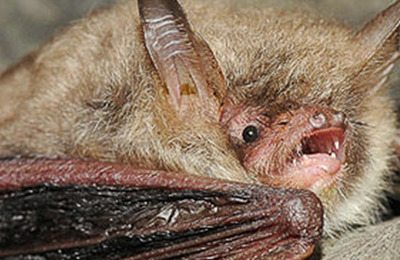
Like all species of bat in Britain, the Natterer's bat is less common than it used to be. The reason for its decline is that its food and shelter h...
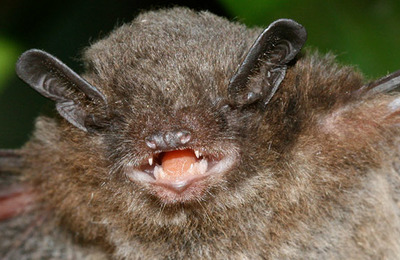
The pipistrelle is the smallest and most common of Britain's 18 species of bat. It belongs to the Vespertilionidae family of bats, known as ordinar...

Bats are quite remarkable animals worthy of our interest and respect. They are the only mammals capable of controlled flight - and their aerobatic ...
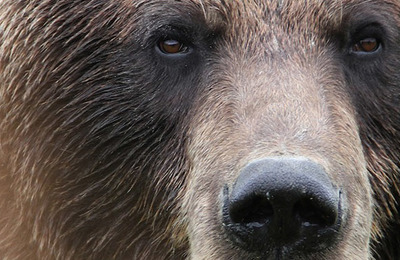
Grizzly bears are a North American subspecies of Brown Bear now found wild only in Canada and Alaska and in parks and reserves in Montana, Idaho, W...
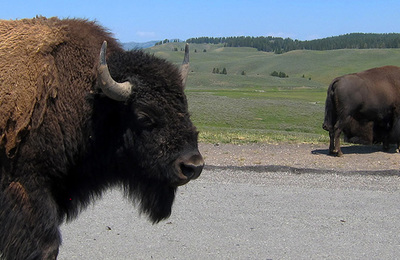
There are only about 500,000 bison alive today, of these, only about 11,250 are classed as truly 'wild'. The rest are mainly on ranches or in mana...
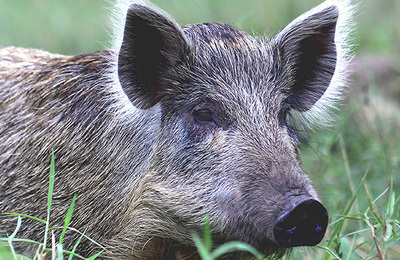
The wild boar lives in a family party that has a territory of 10 - 20 sq km but in the autumn, family groups come together to form herds of up to 5...

At YPTE, we would like to start giving young people the chance to have their voices heard about environmental issues. So from now on, we'll be pub...
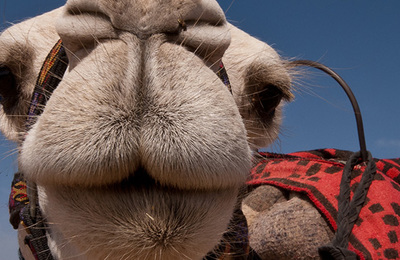
There are six members of the family Camelidae. Two of these are 'true' camels; one living in Asia and the other in Arabia and North Africa. The oth...
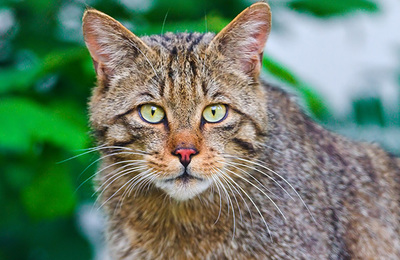
The wild cat was once common over most of the British Isles, but it is now only found in Scotland and is under threat with an estimated 400 individ...
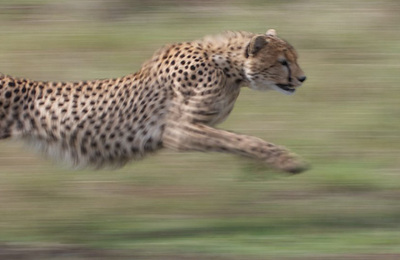
Leopards, jaguars, snow leopards, pumas, lions, tigers and cheetahs are some of the largest members of the cat family. Find out more about them her...
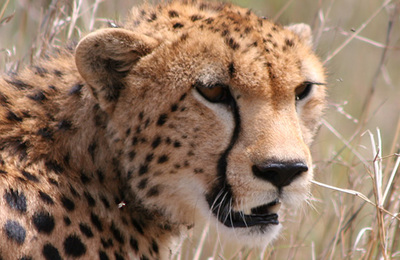
The cheetah is best known for its reputation as the fastest land animal over short distances - up to 70 mph.
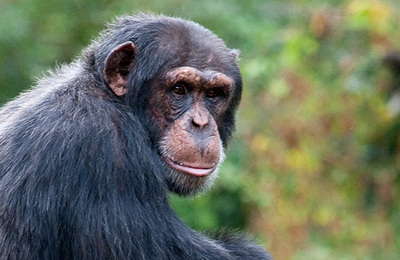
Human and chimpanzee DNA is very similar, they are humans' closest living relative.
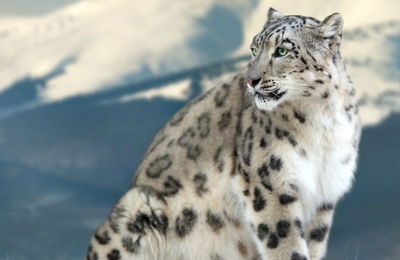
The study, published in Nature Climate Change cited examples 49 of climate-driven conflicts occurring among all wildlife groups, on every continent...
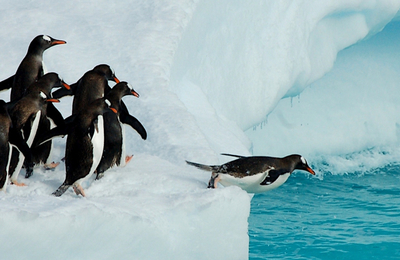
This suite of lesson plans explores the continent of Antarctica. Designed to be used alongside the Powerpoint presentation, packed full of stunnin...
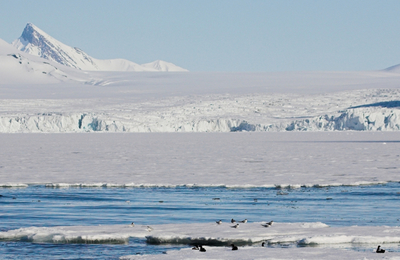
This set of lesson plans explores the Arctic - one of the coldest regions on our planet. The accompanying Powerpoint presentation brings the Arcti...
20,000 years ago the landscape looked very different. Wooly mammoths and sabre toothed tigers roamed the frozen earth - it was of course the ice ag...
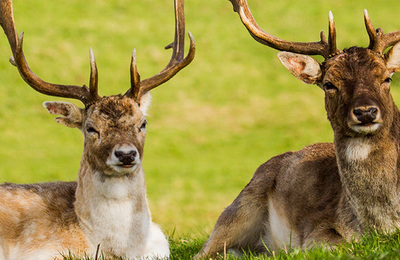
The fallow deer was introduced into Britain by the Normans and wild herds have lived for centuries in ancient forests such as the New Forest, Eppin...
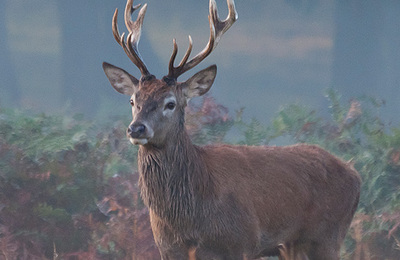
The red deer is Britain's largest land mammal. Although native to Britain, it is also found in southern Scandinavia, Turkey and as far as China and...
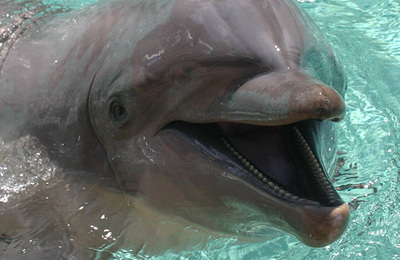
the bottle nose dolphin is one of the most well-loved mammals on the planet.
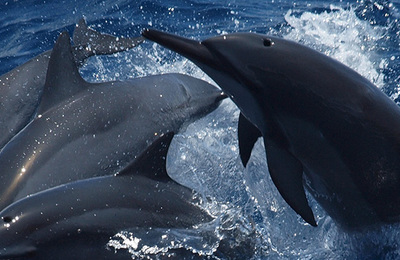
Many kinds of dolphins and porpoises are sociable animals and live in schools varying in size from a small family group to around 1,000 individuals...
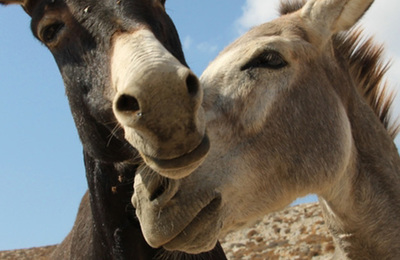
The donkey is a descendant of the African wild ass, which is now rare in the wild and found in only a few remote parts of north-eastern Africa.
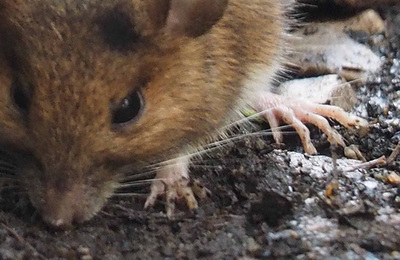
The word dormouse comes from the French word 'dormir' - to sleep. The dormouse is one of the most attractive of Britain's small mammals.
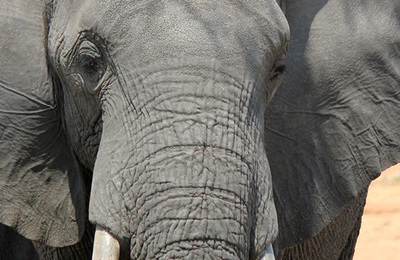
The african Elephant is the largest land mammal.
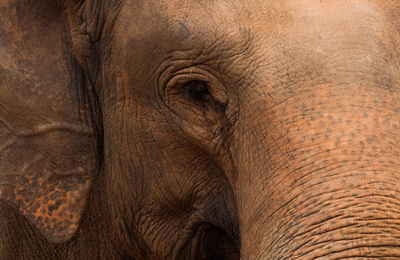
Elephants are good swimmers despite their size, and use their trunks as snorkels. They love water and bathe frequently.
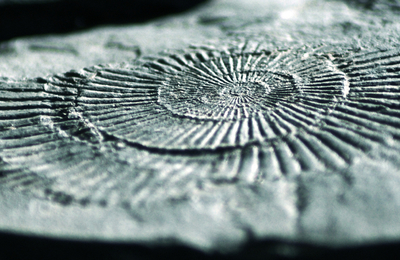
This set of lesson plans covers the topic of Evolution and inheritance for the Year 6 Science Curriculum. It helps to simplify this challenging to...
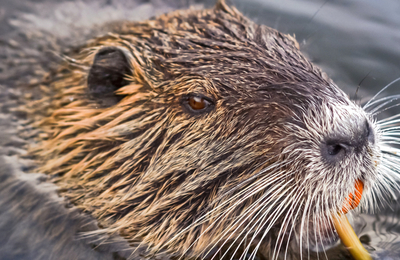
The last beavers were hunted out of existence in England over 400 years ago, both because their furry, water-resistant pelts made great hats and co...
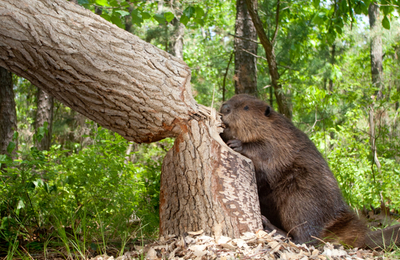
After introducing food chains and food webs, this suite of four lessons looks at ecosystems, focussing on the species that can completely alter an ...
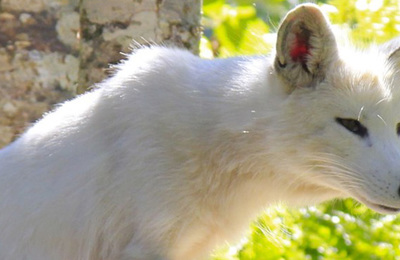
The arctic fox is the main predator in the arctic feeding on birds, small mammals, including seal pups, and carcasses left behind by polar bears.
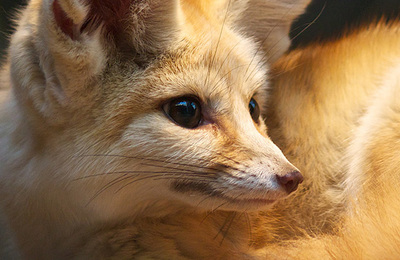
The fennec is one of the smallest of all foxes, but it has the largest ears. Its head and body measure 35-41cm, and ears measure 15cm.
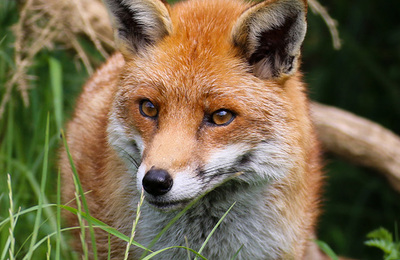
The red fox is the most widespread and numerous predator in Britain.
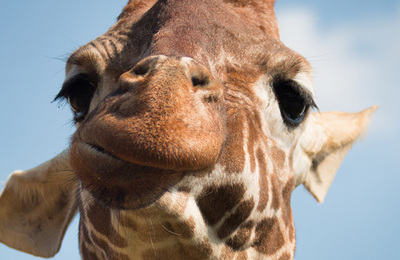
Giraffes are sociable creatures, but do not form herds. Instead, they meet in groups each day, but the composition of a group changes from day to d...
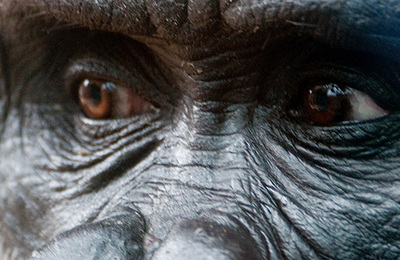
Largest of the four great apes, the gorilla is a shy, gentle, peaceful animal.
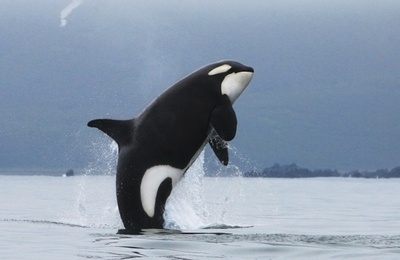
PCBs were widely used from the 1930s onwards in electrical coolants and insulators, carbonless copy paper etc., but we have known for around 50 yea...
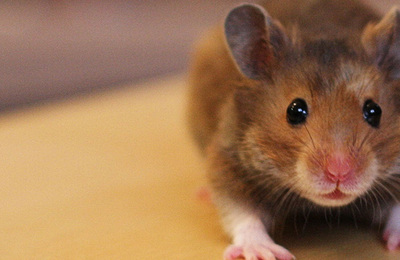
Did you know that Hamsters aren't only found in pet shops?
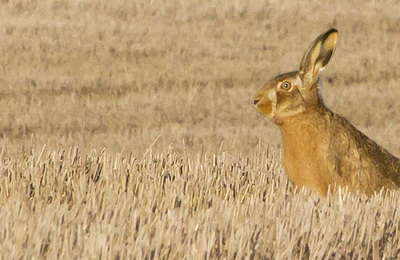
The brown hare is a larger, more athletic relative of the rabbit. It is able to adapt to a variety of habitats and so is one of the most widely dis...
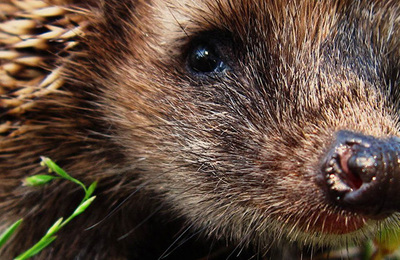
The hedgehog is one of the most easily recognised of British mammals yet they are steadily disappearing from the wild.
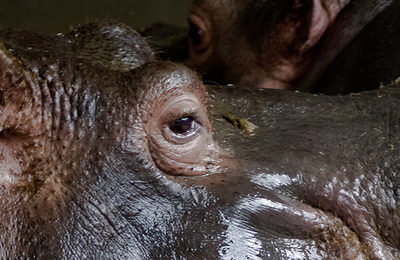
The common hippopotamus name means 'river horse' and the hippo spends most of its time in water.
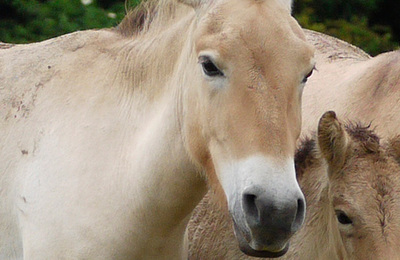
Przewalski's horse (pronounced 'ji-vaal-ski') is the only truly wild horse left in the world. It is believed that it has changed very little since ...
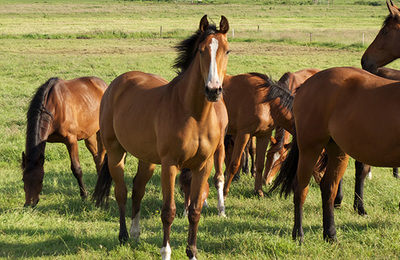
Domesticated by humans over 3,500 years ago, the modern horse has long been inextricably linked with human progress.
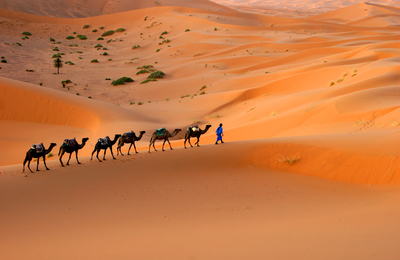
This suite of lesson plans explores the Sahara - the largest hot desert on Earth. It also looks at the spread of the Sahara into the Sahel and the...
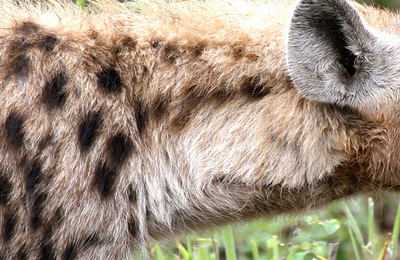
Although somewhat dog-like in appearance, the hyaenas are placed in a family of their own and are more closely related to cats than dogs!
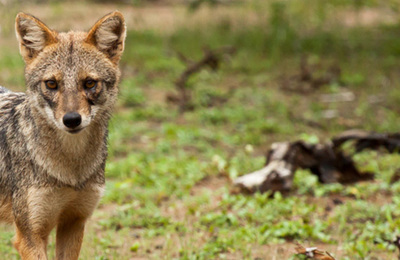
Jackals are true members of the dog family and can actually interbreed with both domestic dogs and wolves.
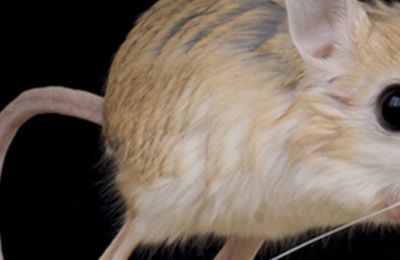
The Jerboa family is a very interesting group of rodents which have adapted themselves to living in both hot and cold deserts.
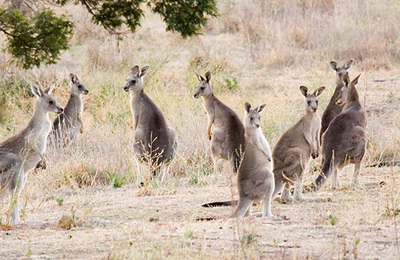
The grey kangaroo, sometimes known as the great grey, is one of the best-known of all kangaroo species, along with the similar-sized red kangaroo. ...
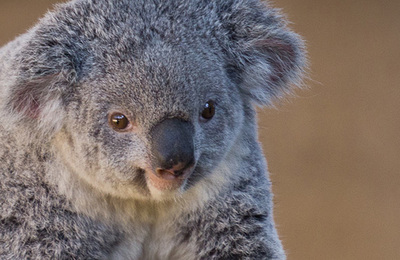
The koala is perhaps the best-loved of all Australia's marsupial, or pouched, mammals. Although it is rather bear-like in appearance, its nearest r...
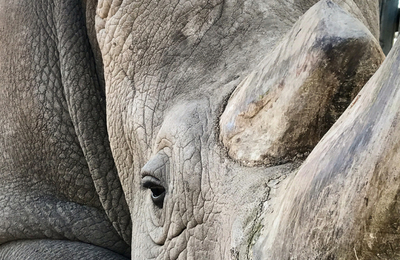
He was living at the Ol Pejeta Conservancy in Kenya, and was put to sleep by vets there after the pain from a degenerative illness he was suffering...
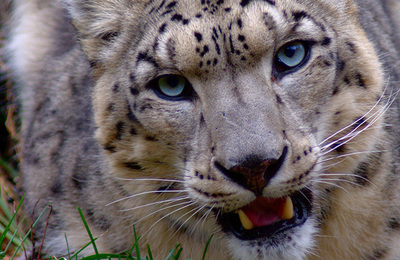
The snow leopard is related to the common leopard of Africa and Asia, but because its way of life and general appearance are so different it is reg...
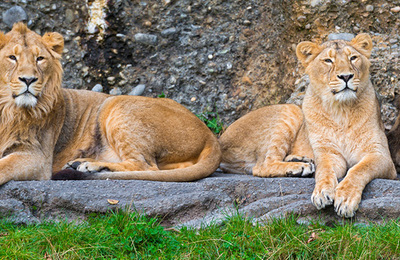
A lion is a large, powerful carnivore and was once common in Asia and parts of Europe as well as in Africa. This impressive member of the big cat f...

The research, carried out by a team led by lion expert Hans Bauer of Oxford University has been published in Proceedings of the National Academy of...
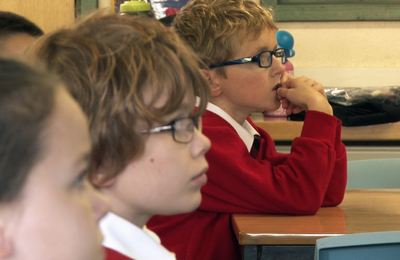
The school talks service is available in person for schools within a 30-mile radius of our office in Yeovil OR on Zoom, Teams etc. for schools anyw...
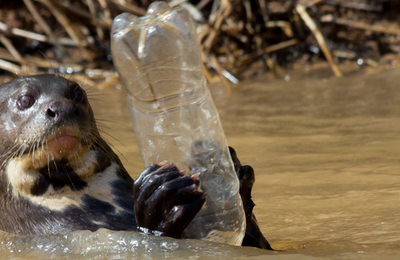
This suite of lesson plans includes a wide range of suggested activities and printable resources. It is backed by a Powerpoint presentation, which...
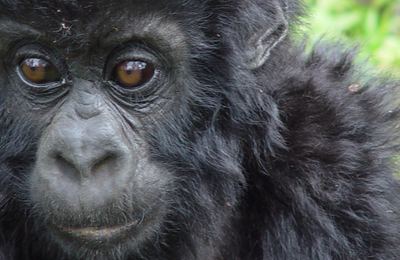
This suite of lesson plans and accompanying PowerPoint presentation includes a range of suggested activities, resources and explanations of key ter...
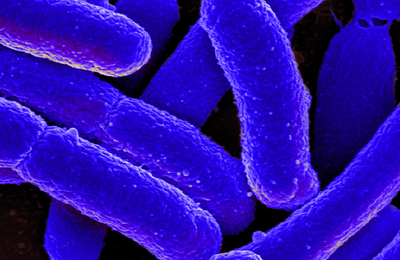
This suite of five lessons covers the topic of Classification for the Year 6 Science Curriculum and includes lots of learning activities, resources...

The curriculum encourages children to use the local environment to explore plants and animals in their habitat. This suite of lesson plans and acco...
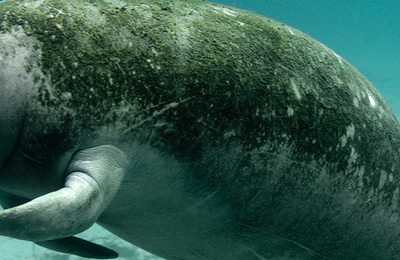
There are 4 species of Manatee, one in West Africa, one in the Caribbean from the south-eastern United States to northern South America and one in ...
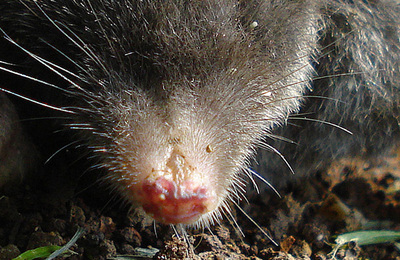
The mole is not seen very often. The heaps of soil (molehills) which it makes whilst tunnelling gives its presence away. In medieval times it was c...
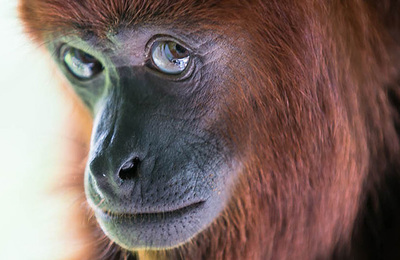
Red howler monkeys are thought to be one of the noisiest land animals on the planet!
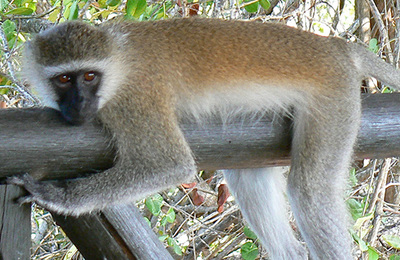
Vervet monkeys have long arms and legs which allow them to move at speed on the ground.
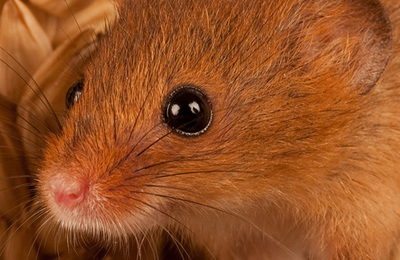
The harvest mouse is the smallest rodent in Britain and weighs less than a 2 pence coin!
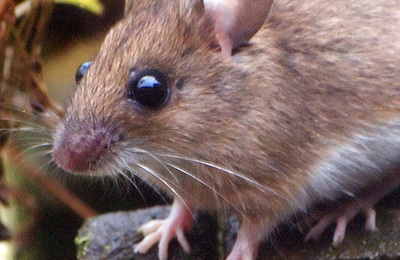
The wood mouse, also known as the long-tailed field mouse, though rarely seen as it is nocturnal, is probably Britain's most numerous mammal.
YPTE has today released a suite of lesson plans on wildlife in your local area, which are to be used in conjunction with a presentation filled with...
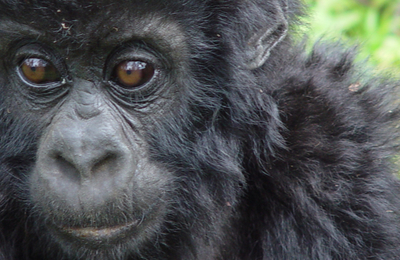
The three extended lessons cover the differences in life cycles of mammals, amphibians, insects and birds; how animals reproduce; and how the work ...
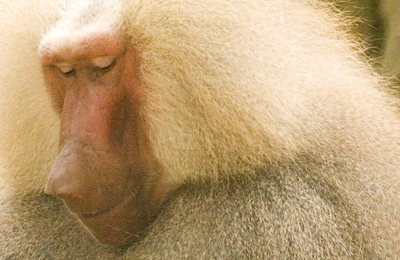
This suite of five lessons on animals covers aspects of the National Curriculum at Key Stage 1, but would be of interest to older children too. It...
In a strange way, I see the giant panda as a kind of anti-dodo. Whereas dodos seemingly delivered themselves willingly to death and ultimately ext...

Climate change and intensive farming methods were cited in the report as the main causes of nature loss. Only a fifth of farm land was found to be...
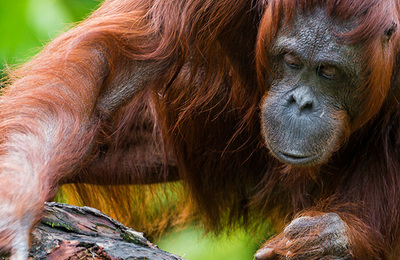
'Orang' and 'utan' are the Malay words meaning 'person' and 'forest'; the orangutan is literally a 'person of the forest'.
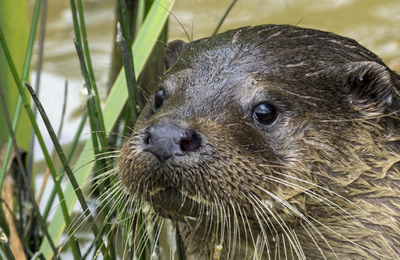
Otters are mainly nocturnal and hunt in open, marshy places, rivers, lakes, seashores and estuaries
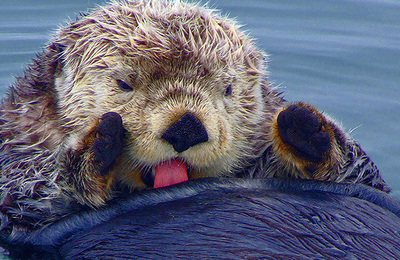
The sea otter is an almost exclusively marine animal, spending little time ashore. Its fur is thick and glossy and ranges in colour from black to d...
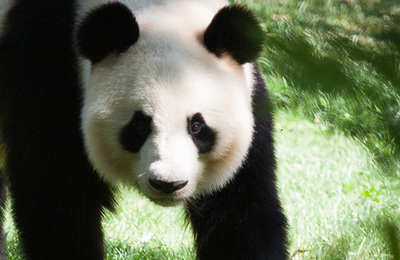
This endangered species is one of the most well-known and well-loved in the world.
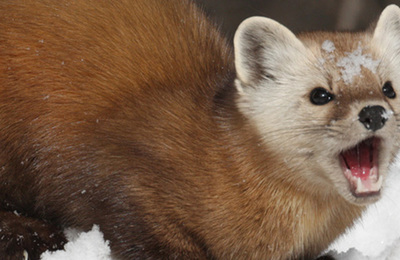
The pine marten is a carnivorous, arboreal (tree-living) member of the weasel family. It was once widespread in Britain but now it is rare.

In this game, you need to help Peter cross the ice in the hunt for food! There's a slight problem. Although real polar bears can swim a long way - ...
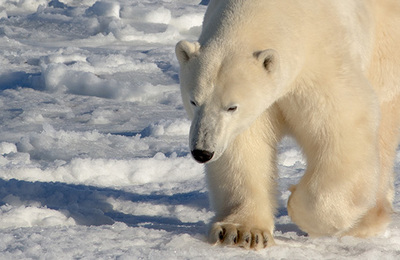
The polar bear is the world's largest land carnivore and one of the largest of the bear family.
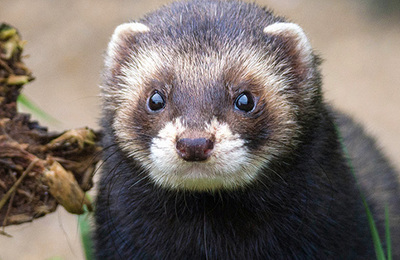
The polecat used to be called a 'foul mart' because of its strong smell. The name polecat is said to be from the French poule chat,'the chicken cat...

Rabbits are sociable animals and live in colonies in burrow systems known as warrens.
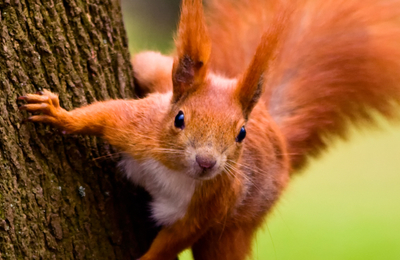
Photo right: grey squirrel by Alexander Law But they also damaged native trees like oak and beech by stripping their bark and that damage now am...
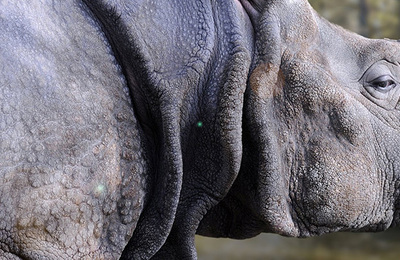
The name 'rhinoceros' comes from ancient Greek and means 'horned nose'. There are only 5 species of rhino left making them one of the most endanger...

At YPTE, we believe that young people need accurate information about how human actions can impact our planet. By inspiring pupils to care for the ...
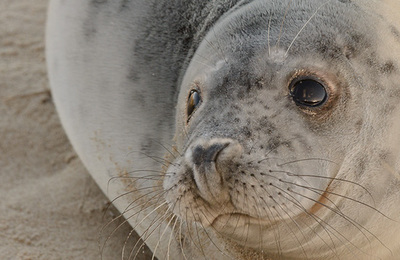
The grey seal is Britain's largest native seal species, being bigger (and slightly confusingly more numerous) than the common or harbour seal. Its ...

The Harp seal can be found in both coastal waters or on pack ice, from the Gulf of St. Lawrence and across the Arctic to Siberia.
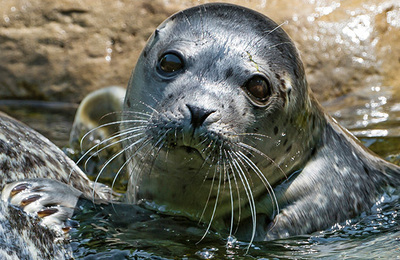
The leopard seal is so-called because of its spotted markings and leopard-like ferocity. They live mainly in the sea and on the pack ice around the...
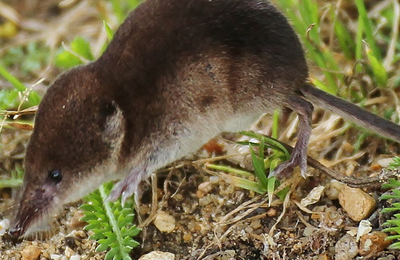
The common shrew is one of Britain's smallest mammals and is closely related to the mole and hedgehog.
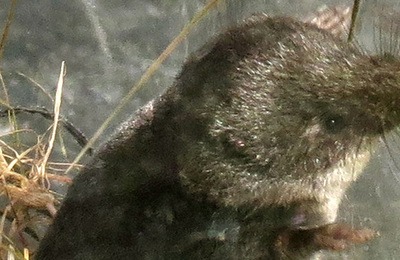
The water shrew is the largest of the five species of British shrews and like all shrews leads a hectic life, busy by day and night on the look-out...
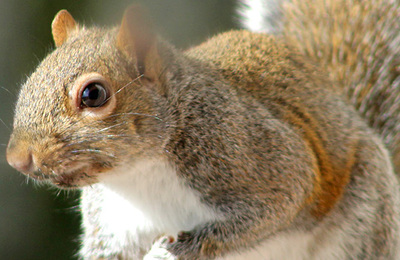
The grey squirrel was introduced to Great Britain in the mid-19th century. There is now an estimated population of over 2.5 million making them muc...
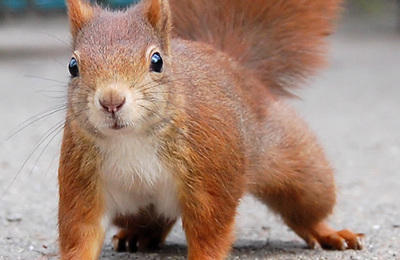
The red squirrel, the original 'Squirrel Nutkin' of Beatrix Potter fame, is one of our favourite British mammals but it is declining in numbers and...
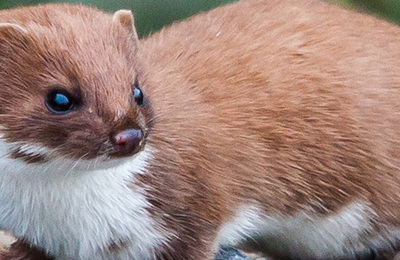
The stoat is sometimes mistaken for its close relative, the weasel, but it is larger and has a distinctive black tip to its tail.
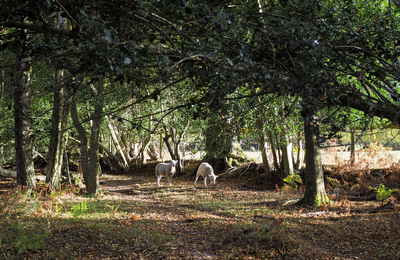
Thanks to support from the Ernest Kleinwort Charitable Trust, we have produced this set of classroom reference guides to the regions of Sussex, for...
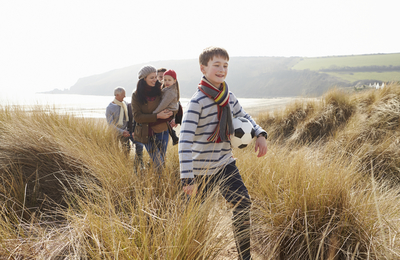
Thanks to support from the Ernest Kleinwort Charitable Trust, we have produced this set of classroom reference guides to the regions of Sussex, for...
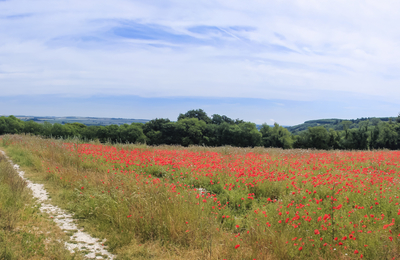
Thanks to support from the Ernest Kleinwort Charitable Trust, we have produced this set of classroom reference guides to the regions of Sussex, for...
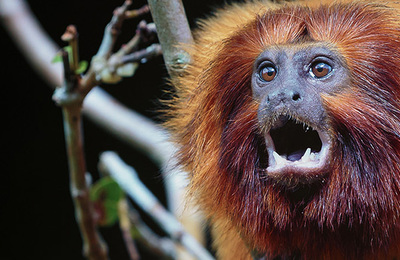
Tamarins and marmosets are the smallest monkeys (primates) in the world. The golden lion tamarin is the largest and related to the golden headed an...
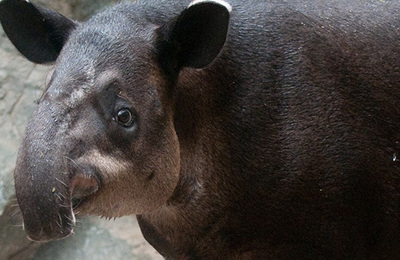
About the size of a shetland pony, the tapir is a rather odd looking animal. Not only has it a long and flexible snout like a short trunk, but it h...
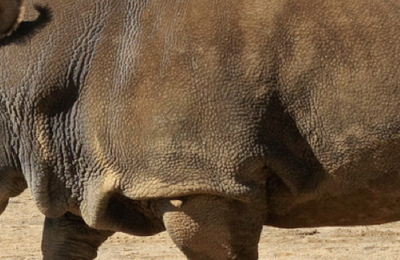
There are now just five of Africa's second largest mammals left on our planet. The northern white rhino now only exists in captivity, with all bei...
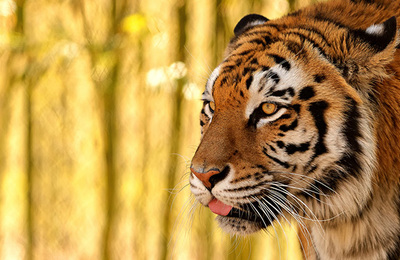
The tiger is the largest member of the cat family. The Bengal tiger is one of the five surviving races of tiger.
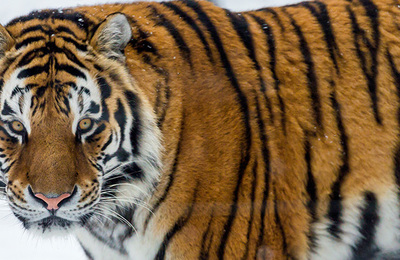
The Siberian tiger is a very rare species of tiger. From an estimated low in 2010 of 360, in May 2015 the Russian Government announced that the Si...
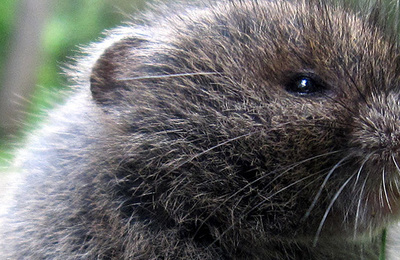
The field vole is also called the short-tailed vole. It is very similar to the bank vole (Clethrionomys glareolus) but the latter has red-brown fur...
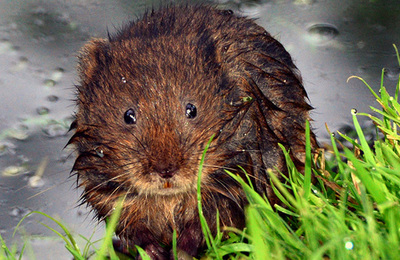
Water voles are often mistakenly called water rats, but they are only distantly related to rats. Water voles have a chubby face with a blunt nose a...
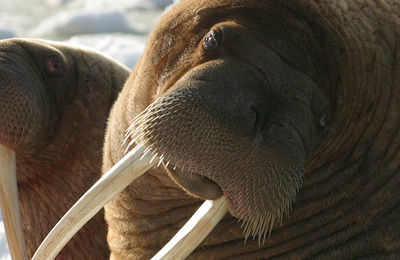
Walruses are found in the sub-zero temperature Arctic seas from Alaska, Canada and Greenland to Russia.
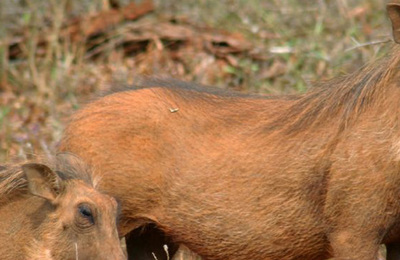
Warthogs are mostly found in central, eastern and southern Africa. Both sexes have the prominent tusks and two warts on either side of the face.
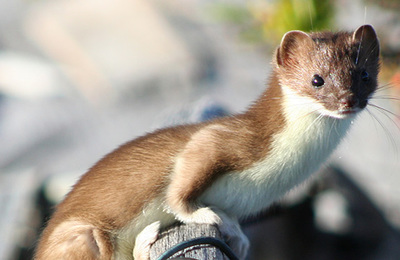
The weasel is Britain's smallest carnivore and belongs to the same family as the stoat and otter. It is a fierce hunter and is usually only spotted...
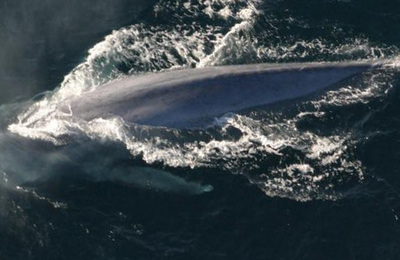
The blue whale is not only the largest living animal but probably the largest creature the world has ever known. One of greatest recorded lengths f...

The humpback whale can reach a maximum length of 17 metres, with the female larger than the male. The size and weight is also impressive. A 15m hum...
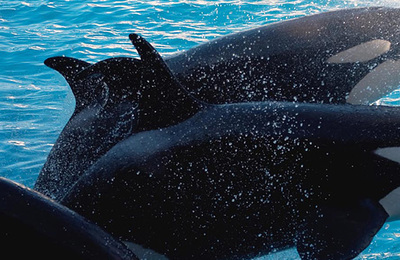
Killer whales are the only whale to prey on other warm-blooded animals. Like wolves, they are pack hunters and will even attack a lame blue whale.

Whales are warm-blooded mammals and the largest creatures on earth. The magnificent blue whale is the largest animal that has ever lived on this pl...
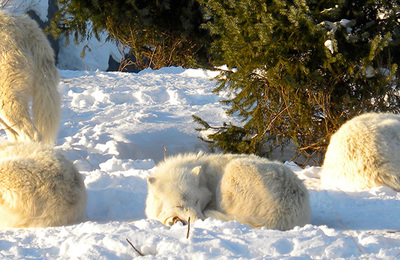
Wolves are the largest wild members of the dog family. They live in packs and have to co-operate in order to survive. The Arctic Wolf is a highly r...
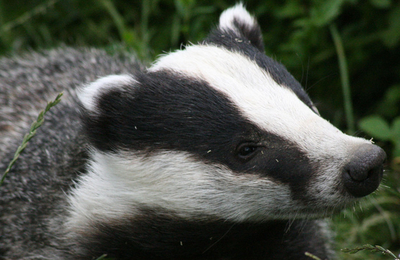
This is the first of our new 'on location' video series. You can see it here! Photo by Sally Longstaff.

Grevy's zebra is the largest of all the zebras and it is an endangered species.